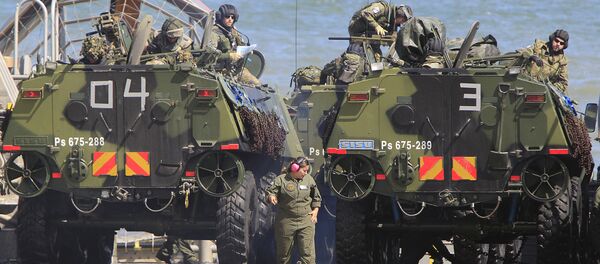"Convincing America's NATO allies to meet minimum defense spending targets remains a vexing problem and solving it has eluded previous US administrations – Republican and Democratic alike," he observed.
This is not the whole story. In absolute terms, the US spent more than 665 billion in 2015, more than all the other NATO members combined. The next largest contribution came from Great Britain, whose defense budget amounted to nearly 60 billion last year. For comparison: France spent nearly 44 billion, while Germany – 39.7 billion.
In June 2011, Robert Gates, who served as the US defense chief at the time, famously called NATO a "two-tiered alliance" that comprises those, who provide funds and conduct combat missions, and those, who enjoy the benefits, but do not contribute. For Gates, this situation was unacceptable.
Although it might look like nothing has changed since then, NATO's 2014 summit in Wales became a watershed moment for the bloc when leaders and not only defense ministers said they were committed to the 2-percent goal.
"Many European states – as of last year – have stopped cutting their defense outlays and have started to slowly boost their spending," Majumdar noted, citing an unnamed senior NATO diplomat. "After more than two decades of defense cut backs, NATO's defense budgets stopped shrinking last year and have started to increase with 1.5 percent growth per annum."
It follows then that the bloc's officials have finally found a tactic that works, namely overhyping the non-existent threat emanating from Russia. For its part, Moscow has expressed concerns with NATO's increasingly aggressive behavior that is detrimental to European security and stability.





